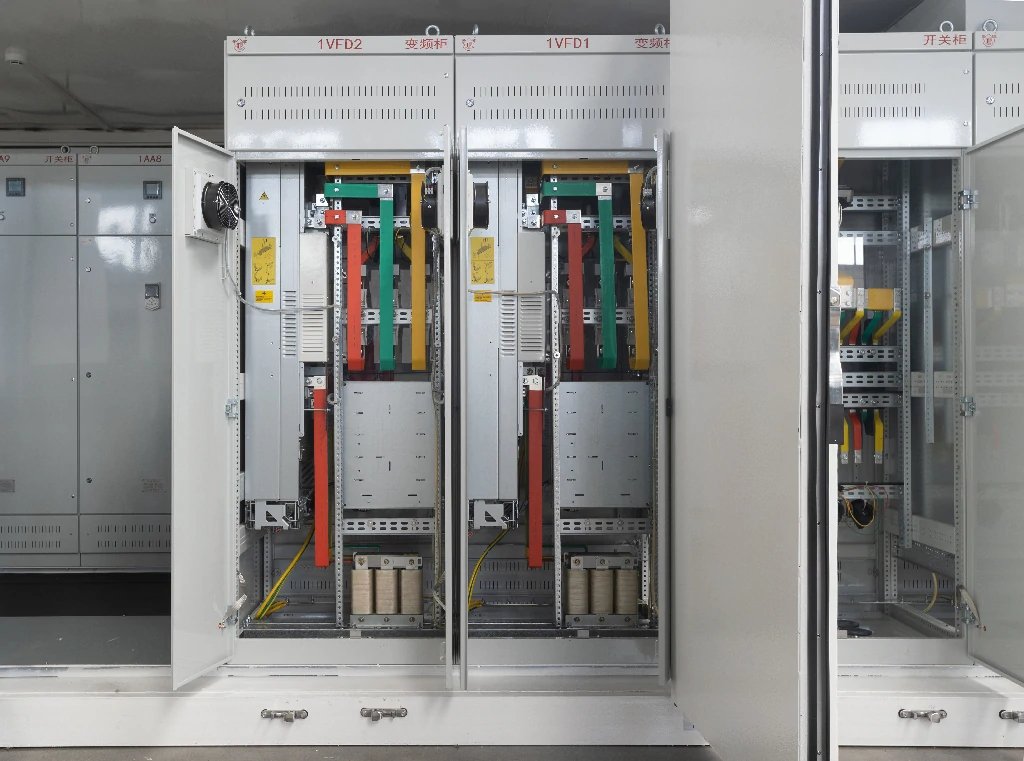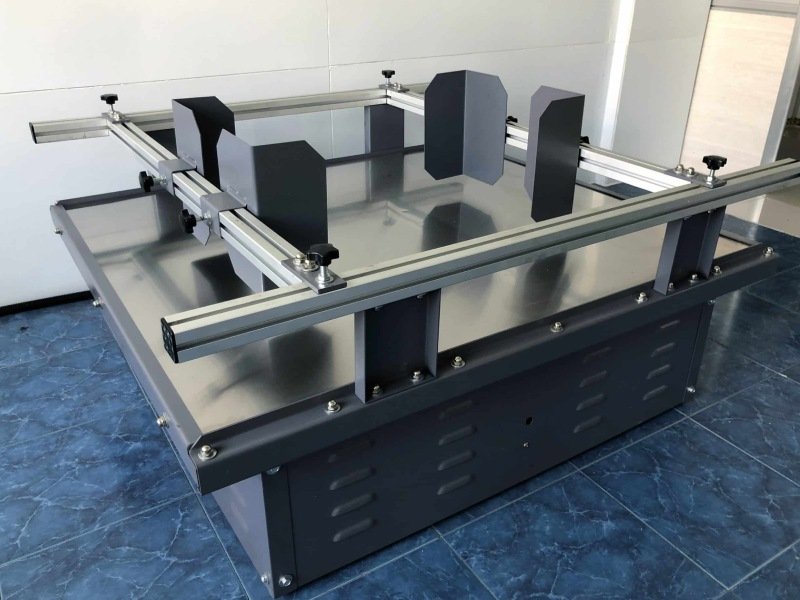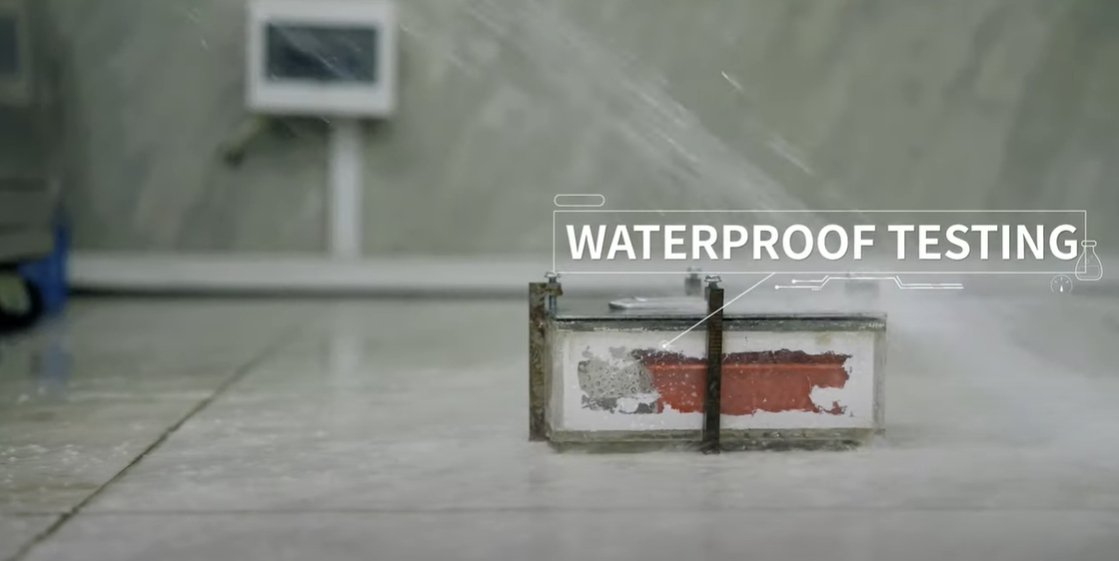Hinges are essential components in countless applications, from doors and cabinets to industrial machinery and automotive systems. Selecting the right hinge material is critical to ensuring durability, functionality, and performance under specific conditions. With a variety of materials available, each offering unique properties, understanding their characteristics and how they compare can guide you toward the best choice for your project. This article explores the most common hinge materials, their properties, and a comparative analysis to help you make an informed decision.
Key Factors in Choosing Hinge Materials
Before diving into specific materials, it’s important to consider the factors that influence your selection:
- Χωρητικότητα φορτίου: The weight and stress the hinge must support.
- Περιβαλλοντικές συνθήκες: Exposure to moisture, temperature extremes, or corrosive substances.
- Αισθητικές απαιτήσεις: Whether the hinge needs to blend with or enhance the design.
- Κόστος: Budget constraints and the balance between quality and affordability.
- Ανθεκτικότητα: Expected lifespan and resistance to wear and tear.
With these factors in mind, let’s examine the properties of popular hinge materials and how they stack up.
Common Hinge Materials and Their Properties
- Steel
- Properties: Steel is a strong, durable, and cost-effective material widely used for hinges. It offers excellent load-bearing capacity and resistance to deformation under pressure. However, plain steel is prone to rust unless coated or treated.
- Πλεονεκτήματα: High strength, affordable, versatile.
- Μειονεκτήματα: Susceptible to corrosion without protective finishes (e.g., galvanization or powder coating).
- Best For: General-purpose applications, heavy-duty machinery, or indoor environments where corrosion isn’t a concern.
- Ανοξείδωτο χάλυβα
- Properties: An alloy of steel with chromium (and often nickel), stainless steel is highly resistant to rust and corrosion. It maintains its strength and appearance even in harsh environments, making it a premium choice.
- Πλεονεκτήματα: Corrosion-resistant, strong, aesthetically pleasing with a polished finish.
- Μειονεκτήματα: More expensive than plain steel, slightly less malleable.
- Best For: Outdoor applications, marine environments, food processing equipment, or anywhere hygiene and weather resistance are priorities.
- Ορείχαλκος
- Properties: Brass, an alloy of copper and zinc, is known for its attractive golden hue and natural corrosion resistance. It’s softer than steel but offers good durability for light to medium loads.
- Πλεονεκτήματα: Decorative appeal, corrosion-resistant, easy to plate or polish.
- Μειονεκτήματα: Lower strength than steel, higher cost, prone to wear over time.
- Best For: Furniture, cabinetry, and architectural applications where aesthetics matter.
- Αλουμίνιο
- Properties: Aluminum is lightweight yet surprisingly strong for its weight. It naturally forms a protective oxide layer, giving it good corrosion resistance, though it’s less durable than steel in high-stress scenarios.
- Πλεονεκτήματα: Lightweight, corrosion-resistant, easy to anodize for added protection or color.
- Μειονεκτήματα: Lower strength and wear resistance compared to steel, not ideal for heavy loads.
- Best For: Aerospace, automotive, or lightweight structures where weight savings are critical.
- Plastic (e.g., Nylon, Polycarbonate)
- Properties: Plastic hinges are non-metallic alternatives that resist corrosion and are electrically non-conductive. They vary in strength depending on the polymer used, with reinforced versions offering decent load capacity.
- Πλεονεκτήματα: Corrosion-proof, lightweight, cost-effective, available in various colors.
- Μειονεκτήματα: Limited strength, poor performance under high temperatures or heavy loads.
- Best For: Low-stress applications, electrical enclosures, or environments with high moisture and no need for metallic finishes.
- Χάλκινο
- Properties: Bronze, an alloy of copper and tin, is highly resistant to corrosion, particularly in saltwater environments. It’s durable and has a distinctive reddish-brown finish.
- Πλεονεκτήματα: Excellent corrosion resistance, strong, attractive finish.
- Μειονεκτήματα: Expensive, heavier than aluminum, less common than other metals.
- Best For: Marine hardware, historical restorations, or high-end decorative applications.
Comparative Analysis of Hinge Materials
| Υλικό | Strengthව- Strength | Αντοχή στη διάβρωση | Weight | Κόστος | Aesthetic Appeal | Καλύτερες εφαρμογές |
|---|---|---|---|---|---|---|
| Steel | Υψηλή | Low (unless coated) | Μεσαίο | Χαμηλή | Moderate | Heavy-duty, indoor use |
| Ανοξείδωτο χάλυβα | Υψηλή | Υψηλή | Μεσαίο | Υψηλή | Υψηλή | Outdoor, marine, hygienic |
| Ορείχαλκος | Moderate | Υψηλή | Μεσαίο | Υψηλή | Υψηλή | Decorative, light-duty |
| Αλουμίνιο | Moderate | Υψηλή | Χαμηλή | Μεσαίο | Moderate | Lightweight structures |
| Πλαστικό | Low to Moderate | Υψηλή | Χαμηλή | Χαμηλή | Variable | Low-stress, corrosive env. |
| Χάλκινο | Moderate | Υψηλή | Μεσαίο | Υψηλή | Υψηλή | Marine, decorative |
How to Choose the Right Hinge Material
To select the ideal hinge material, follow these steps:
- Assess Load Requirements: For heavy-duty applications (e.g., industrial doors), steel or stainless steel is ideal. For lighter uses (e.g., cabinetry), brass or plastic may suffice.
- Evaluate Environmental Exposure: Outdoor or humid conditions demand corrosion-resistant materials like stainless steel, aluminum, or bronze. Indoor, dry settings can use uncoated steel or plastic.
- Consider Aesthetics: If appearance matters, brass, bronze, or polished stainless steel can elevate the design. For utilitarian purposes, steel or plastic may be fine.
- Balance Cost and Longevity: While plastic and steel are budget-friendly, investing in stainless steel or bronze can reduce maintenance and replacement costs over time.
Συμπέρασμα
Choosing the right hinge material requires a clear understanding of your project’s demands—be it strength, environmental resilience, or visual appeal. Steel and stainless steel dominate for their robustness, while brass and bronze add elegance, and aluminum and plastic offer lightweight, corrosion-resistant alternatives. By weighing the properties and comparisons outlined above, you can ensure your hinges not only perform well but also stand the test of time.
Whether you’re building furniture, designing machinery, or installing outdoor fixtures, the right hinge material is a small but pivotal decision that impacts functionality and durability. Choose wisely, and your project will hinge on success.







